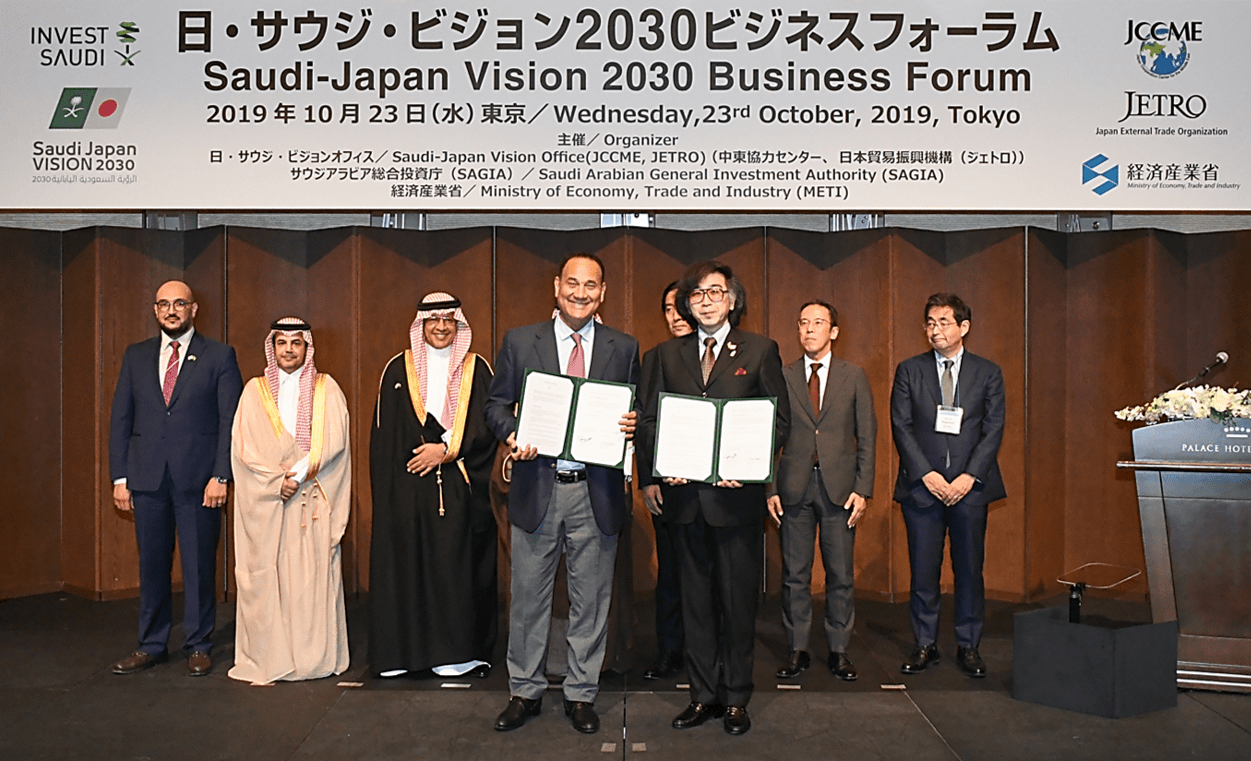Abdul Latif Jameel and Cyberdyne expand collaboration across GCC region
- Collaboration aims to increase accessibility to cutting-edge innovative spinal injury rehabilitation technology to patients across the Gulf region
- Abdul Latif Jameel Hospital to become regional training hub
At the Saudi-Japan Vision 2030 business forum, Abdul Latif Jameel and Cyberdyne Holding announced agreement to extend their ongoing collaboration, which began in March 2017, during King Salman bin Abdulaziz Al Saud’s visit to Japan.

Abdul Latif Jameel was the first to bring this state-of-the-art Japanese technology to Saudi Arabia to help patients who have suffered traumatic spinal injuries.
Following approval for use by the Saudi Arabian Government in mid-2018, the doctors and therapists at the Abdul Latif Jameel Hospital in Jeddah, Saudi Arabia, today conduct the spinal rehabilitation therapy training with Cyberdyne’s Hybrid Assistive Limb® – or HAL® – technology. HAL® is the world‘s first cyborg-type robot exoskeleton, through which a wearer‘s body functions can be improved and supported. HAL® assists a physically challenged/injured person to move, by enabling him or her to exert more motor energy than usual and can be successfully used in rehabilitation as the system can accelerate motor learning of cerebral nerves.
This new agreement, to expand the availability of the Cybernics Treatment, includes entering into an exclusive distributor relationship for Saudi Arabia, and extending distribution across the GCC region.
Importantly, the Abdul Latif Jameel Hospital who have been successfully deploying the technology will also become a regional training hub for the HAL® technology, training, doctors, therapists and technicians from other medical facilities throughout the GCC.
This expansion is made with the cooperation of the Japan-Saudi Vision Office, (under the Ministry of Economy, Trade and Industry (METI), the Japan Cooperation Center for the Middle East (JCCME) and Japan External Trade Organization (JETRO) is the spirit of Saudi-Japan Vision 2030.





 1x
1x


 Added to press kit
Added to press kit


